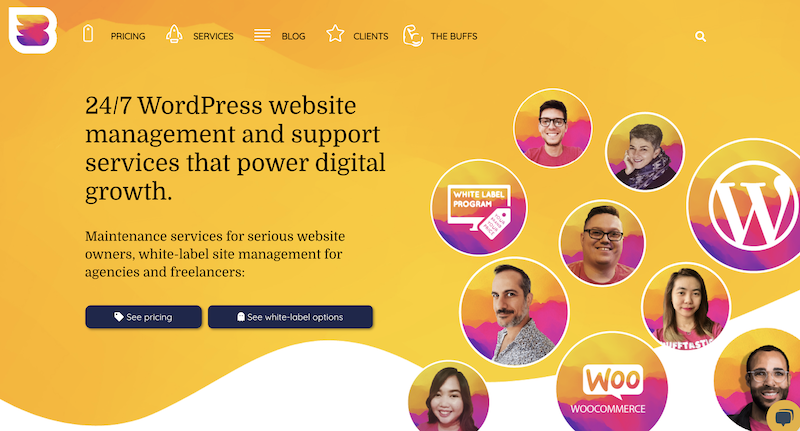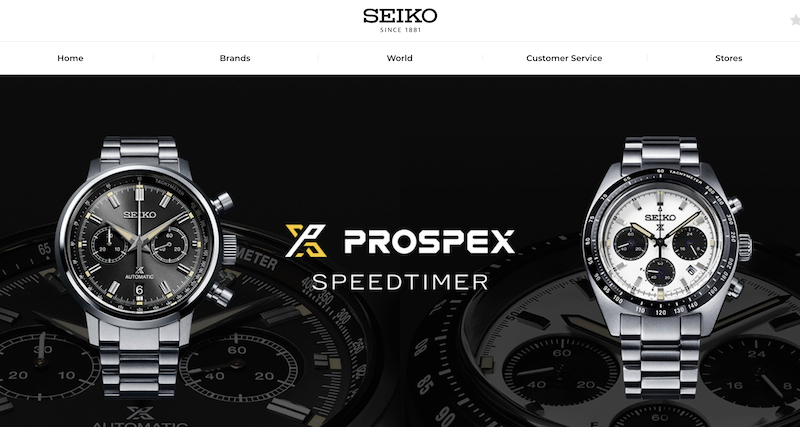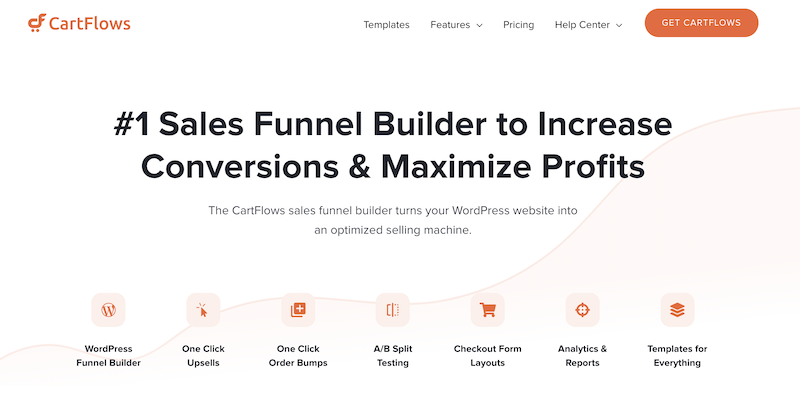So, you want to become a blogger? Whether you fancy blogging full time as a career or just on the weekends when you have some thoughts to share with the world, your first step is building your website. We’ve tried and tested many different themes, but one style that we always come back to and adore, is the minimalist style.
Minimalist blogging is an interesting concept that includes the theme of your website, but so much more too. There’s a lot that you can do with a minimalist blog. In our guide, find out exactly what minimalist blogging is all about, how to choose a minimalist website blog theme, and how to make it completely unique from the other blogs already out there.
What is Minimalist Blogging?
Minimalist blogging can have numerous meanings. It may mean simply blogging only when appropriate, or only posting a few lines at a time. But for us, minimalist blogging means posting blog articles on a website theme that has a minimalistic design.
Minimalism is all about extreme simplicity. You need to strip back your website to the absolute basics for this. There’s a misconception that minimalist websites must be plain white with Scandinavian vibes. But that’s not true. You can pick any colour that works with your blog – the key is that you must strip the design back to only what’s essential.
Not only does the minimalist style look modern and chic, but it also has some key benefits for your website. A simpler website will load faster, which is favourable for search engines and web viewers who don’t want to wait ages for each page to load fully.
Spaced out elements also make your theme much more accessible on smaller screens, where buttons are pressed with fingers rather than a curser. Many web viewers now read blogs and surf the web via their smartphone or tablet, so this is a huge plus for minimalist styles!
One brilliant example of a blog that uses a minimalist theme, is Kobstaden. This blog-style website highlights the best of Copenhagen with a beautiful simple design. We really admire the clean white spaces, distinctive font, and plenty of space for gorgeous photos.
Key Features of a Minimalist Blog
The key is that the website uses a strict colour theme, a set number of fonts, and is selective with images.
First, make sure that the homepage displays your blog posts. Ensure each article post is aligned in a pleasing way. You need your website to feel organised.
When it comes to colours, pastel shades work well if you don’t want to use plain white. You could also invert the colours and use black with white font. This works particularly well if you want a professional and luxurious minimalist vibe – fine dining blogs, for example.
If a feature isn’t relevant to your website or isn’t needed to serve your readers, then leave it off. Whenever you feel unsure, just remember: less is more.
Optional Features
There are other elements to a minimalist blog that you may want to consider, although these factors aren’t essential.
- No banner ads – rely on text links for affiliate marketing within your content. Large and flashy picture ads on your site may generate some revenue, but they also ruin the minimalistic vibes you worked so hard to achieve.
- Your own font – having your own font designed is a bit extreme, but it will make your website truly unique. Another option is to find an existing but rarely used font. You don’t have to stick with the font that comes with theme.
- No social media themes – we love seeing an Instagram block or feed of tweets on a website, as it’s a good way to show off your online following. But will it fit with your minimalistic style? If your social media isn’t built up to a high standard, just leave it off your website. There’s no point making your minimalist style seem too busy for social media channels that aren’t very impressive.
Minimalist Blog Themes
The best minimalistic websites take a theme that reflects the vibes of the blogger.
A beauty blogger, for example, may use a pale pastel pink theme with a cursive script for the titles and headings, then a plain font for the body of their articles. Alternatively, an eco-warrior blog may use paper-textured white as the back for their website, and simple hand-drawn graphics.
Whatever blog you hope to run, you can find a unique minimalist theme for it.





